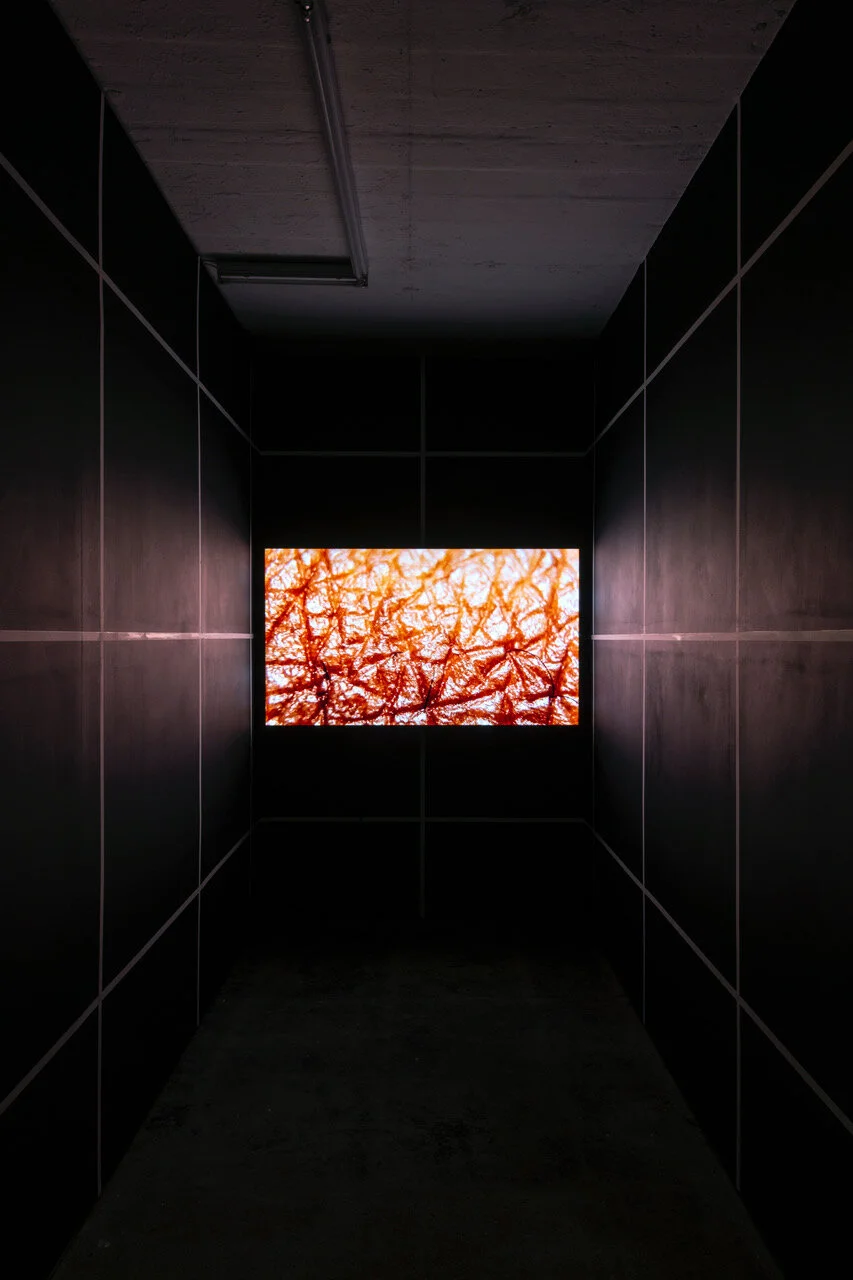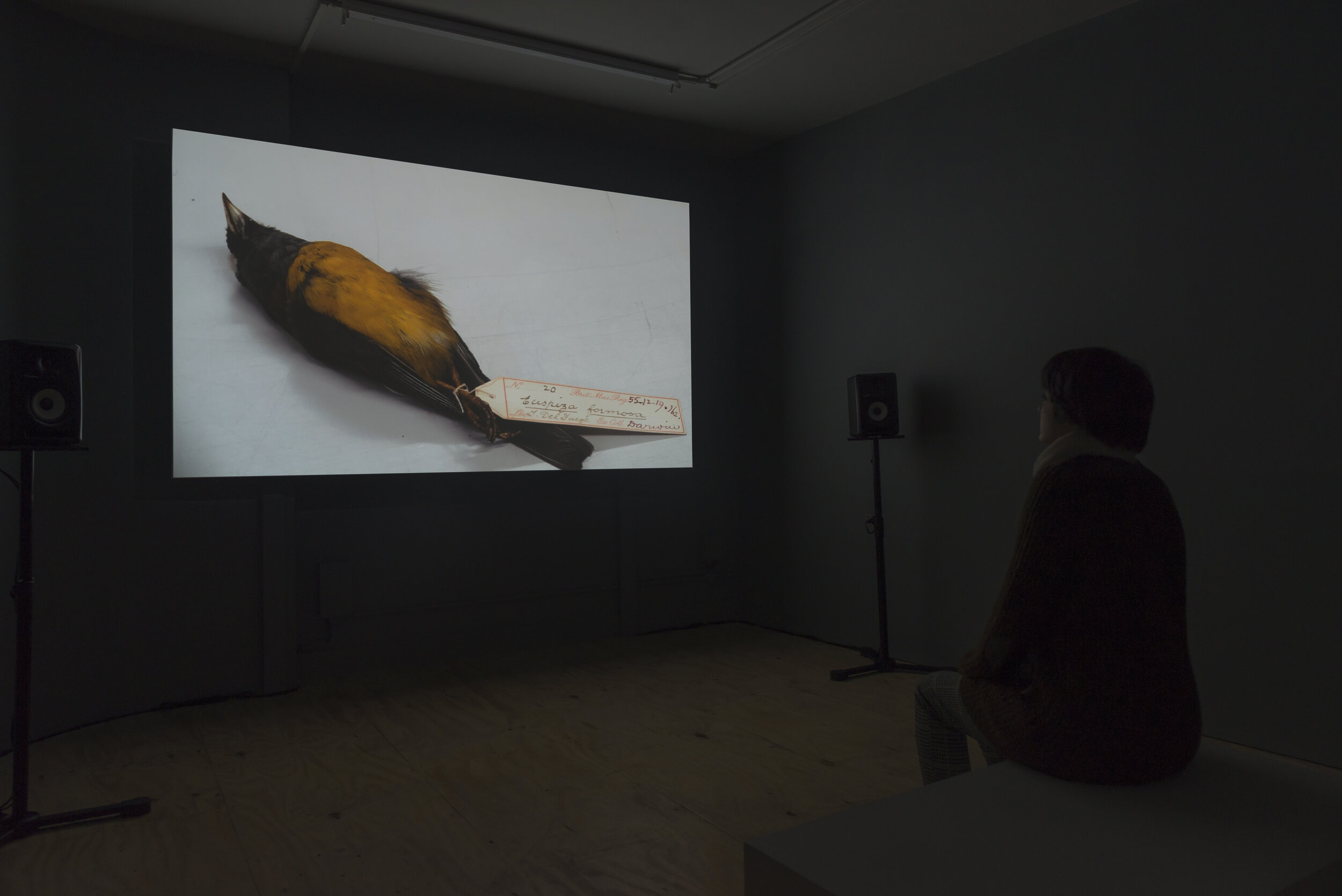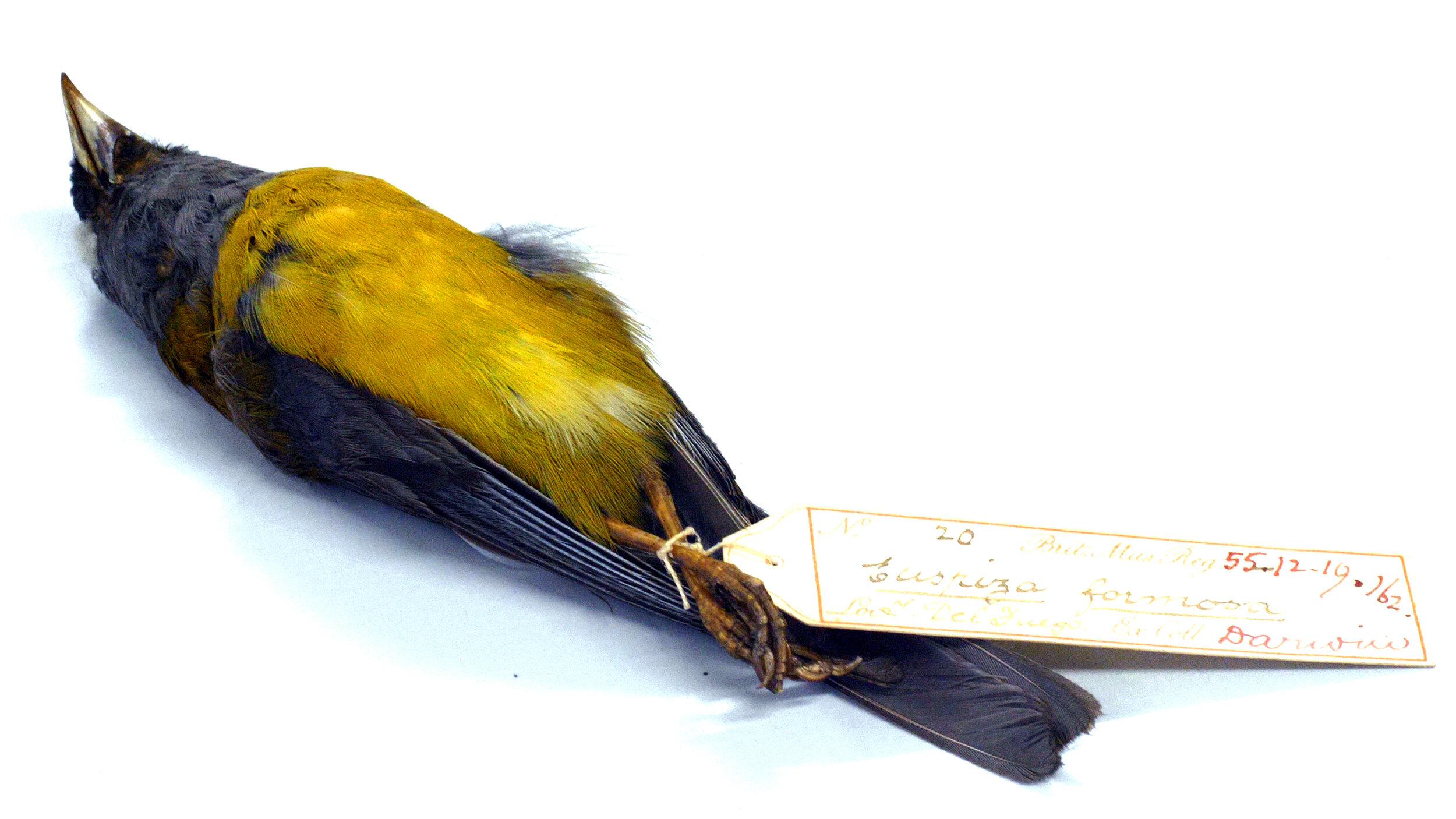A Terrible Fiction, 2019, Larry Achiampong & David Blandy
“A Terrible Fiction”, 2019, Larry Achiampong & David Blandy
Photo: Installation at Seventeen Gallery, London
Article in Frieze by Kadish Morris
A Terrible Fiction, Larry Achiampong & David Blandy (2019), was commissioned by Arts Catalyst for the exhibition Genetic Automata. It formed the first part of an ambitious new body of works by the artists, exploring race and identity in an age of avatars, video games, and DNA Ancestry testing. In the film the artists attempt to address this complex history of classification and segregation.
Concepts of race and ethnicity in science over the last century have been split between two main perspectives. One, rooted in the eugenics movement, treats racial and ethnic categories as biological classifications. The other, stemming from social science, regards race and ethnicity primarily as cultural and historical constructs with very little biological significance. Even after the human genome was decoded in 2003, which scientists believe proved there was no biological basis for race, the arguments continue to rage.
Referencing the history of the theory of evolution, and the relationship between Darwin and his taxidermy teacher John Edmonstone, a freed slave, the artists' commission for Arts Catalyst took the form of a video installation combining animation, spoken word and text interspersed with microscopic topographies of varied shades of skin, digital renditions of skin from video games, and film footage of taxidermied bird life from Darwin’s bird skin collection at the Natural History Museum. Viewers are taken on an immersive journey marked by encounters with histories of racial science, computer-generated virtual landscapes and the molecular speculations of genetic testing.
The work investigates how invisible histories – such as the transfer of knowledge from Edmonstone to Darwin – have helped to inform mainstream western scientific thinking while remaining unrecognised. It is now believed that Edmonstone was pivotal in advancing Darwin’s theory of evolution, inspiring Darwin to visit South America and teaching him taxidermy skills that enabled the preservation of specimens of finches Darwin discovered on his voyage to the Galapagos Islands, which helped him to develop his theory of natural selection. Through Genetic Automata, the artists question how these narratives shape our perception of the history of scientific thought and who determines such history. They ask, whose voices are erased from mainstream narratives?
Weaving together imagery and narratives from various popular cultural interpretations of genetic manipulation, from Metal Gear Solid to Resident Evil to Final Fantasy and the Metroid series, the artists explored the legacy and language of concepts around eugenics and human agency.
Genetic Automata formed part of Arts Catalyst’s long-term curatorial programme Radical Ancestry, a cultural collective inquiry exploring how artists can transform new knowledge from genetic science into a re-thinking of race, identity and migration. The work emerges from Achiampong and Blandy’s research into DNA ancestry genetics, for which the artists undertook a series of DNA ancestry tests before discussing the results in a public talk at Arts Catalyst’s Centre in 2017.
Images: Installation view, Arts Catalyst, London
Larry Achiampong & David Blandy are represented by Copperfield & Seventeen






